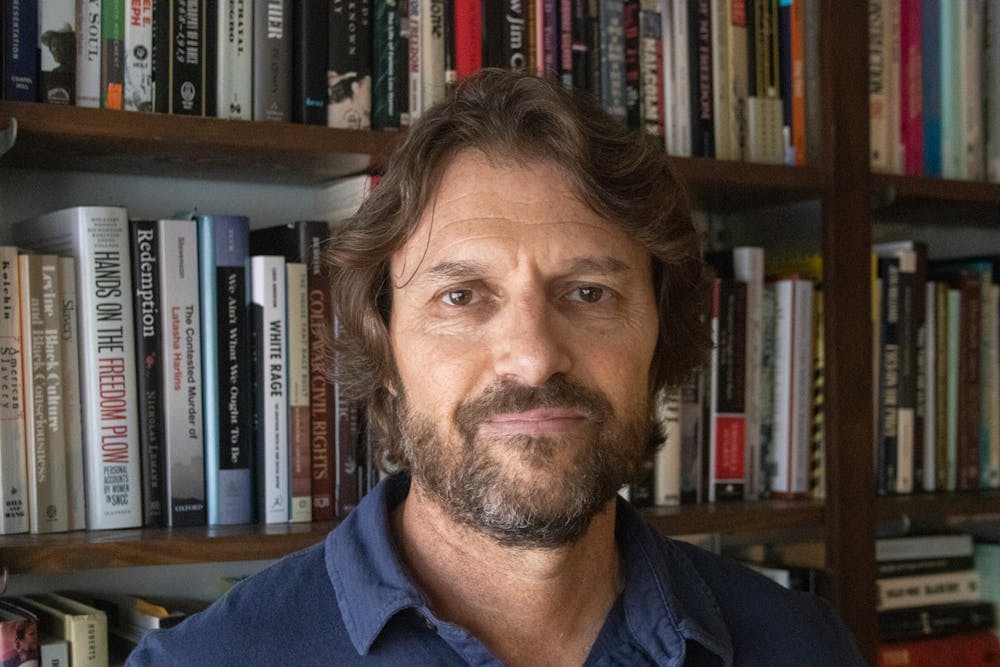Major League Baseball is set to begin its shortened season on July 23 after a four-month hiatus due to the COVID-19 pandemic.
While the NCAA and NBA both stopped play as well, the return of competition for those leagues has not been nearly as drawn out as that of the MLB.
The Major League Baseball Players Association and owners pitched scheduling ideas at one another for weeks with no resolve.
Finally, players and owners struck a deal on a 60-game season, and opening day was scheduled for July 23 and 24.
With the MLB’s return set, players reported to team facilities for testing in early July.
At the end of the first round of testing on July 10, 66 of 3,748 samples came back positive for COVID-19. Of the 66 positive results, 58 were players and eight were staff members. Overall, 27 teams reported positive test results during this initial phase. The total amount of positive players who tested positive reached 80 on Friday.
Due to the pandemic, some big name players — including David Price and Buster Posey — opted to sit out the season.
UNC history professor Matthew Andrews — who teaches a course on baseball and American history — compared the COVID-19 pandemic to other historical events that have disrupted the world of sports.
“This is reminiscent of moments of great national calamity like World War I, like the Great Depression and like World War II — baseball did continue during the Great Depression, baseball did continue during World War II — in fact, that was the power of baseball," Andrews said. "(Former MLB commissioner) Judge (Kenesaw) Landis and President (Franklin) Roosevelt, they wanted baseball to continue as a sign of normalcy. The argument being in a time of great stress, Americans need baseball, and that’s what was lacking during this great time of stress — we did not have our sports.”




